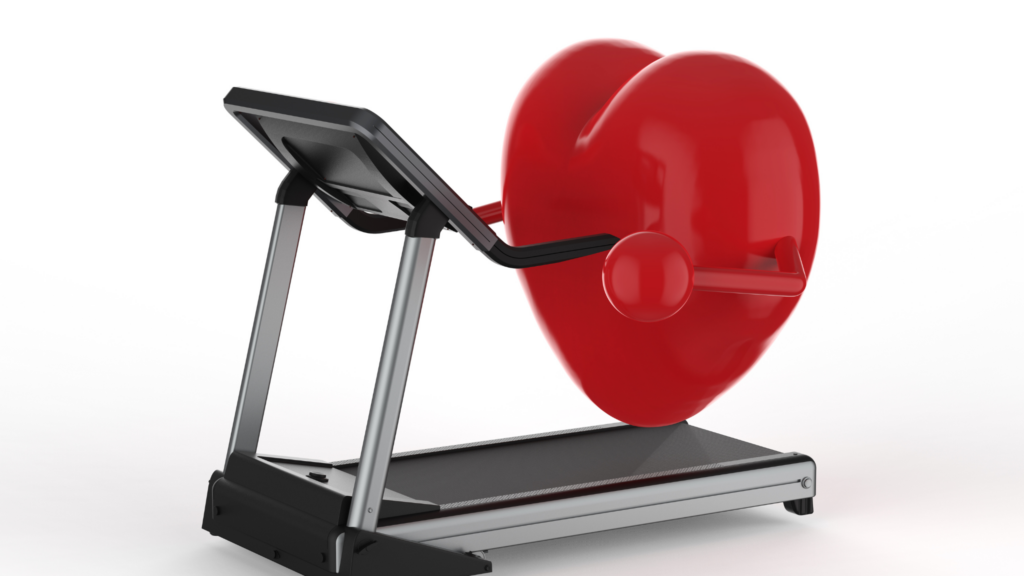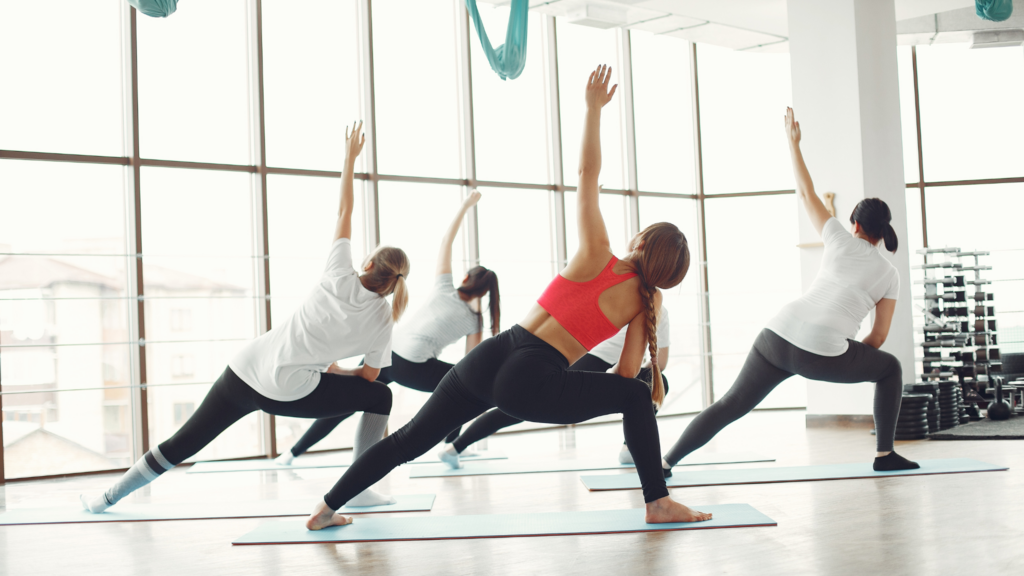
It’s important to be physically active to improve your heart health. In fact, exercise is an effective tool to help strengthen your heart, control your weight, and ward off high blood pressure, high blood sugar, and high cholesterol. Still, it’s crucial to know the best exercises for heart health.
Overall, different types of exercise are crucial to offer complete fitness. Resistance training and aerobic exercise are most important for your heart health. However, flexibility is also vital because it provides a better foundation to perform your workouts more efficiently and effectively.
Here are the different exercise types to know:

Aerobic exercise can help you improve your circulation, which can help you lower your blood pressure and heart rate. Likewise, it boosts your overall health and fitness and will ensure your heart pumps better.
Regular cardio exercise means that you’re moving the largest muscles in the body, including the arms and legs. You should be slightly out of breath and warm.
Experts, such as those at the Mayo Clinic, often recommend pairing days of vigorous exercise with lighter options to get the blood flowing without overtaxing the body.
Ultimately, everyone with a heart should be doing aerobic exercise, though you should adapt the routines to meet your needs. For example, if you’re a beginner, you may want to avoid interval training until you’ve built up your lungs and body to handle it.
Aerobic exercise can help your cardiovascular health by ensuring the heart and circulatory systems work well. Therefore, you can do your daily routine without being breathless or tired. Plus, you might improve your mood and sleep patterns. Likewise, you may lower your risk of heart disease and combat the symptoms if you already know you have this health condition.
It’s best to establish a regular exercise routine, where you’re getting 30 minutes of aerobic exercise each day, up to five days a week.
There are many cardio exercise examples, such as:
Anything that gets the heart pumping is what you want to do. Most experts recommend getting at least 150 minutes of moderate exercise per week.
Strength training and weight training are pretty much the same thing. It’s designed to help your muscles work harder. You could use your own body weight initially, such as squats and press-ups against the wall. Then, you might progress to resistance bands and free weights.
Strengthening your muscles means that your legs and arms can work better and will take some of the demand off the heart. If you’re carrying more body fat, such as a big belly (one big risk factor for heart disease), strength training can help you lower your fat content and experience lean muscle mass.
Combining resistance work (with your body weight or other methods) and aerobic exercise can help you lower your risk of having a heart attack.
Usually, it’s wise to establish a heart-healthy exercise routine and stick with it. Most experts, including the American College of Sports Medicine, claim that people require two nonconsecutive days a week devoted to strength training.
If you wish to be heart-healthy and lower your risk of cardiovascular disease, it’s wise to understand the examples of strength training. These include:

Flexibility and balance exercises can help you improve in many ways. Though they don’t directly offer heart health benefits, your body will be more limber and able to handle the daily changes you face.
Many exercise routines include stretching and balance work in their sessions. This means you’re probably getting it already.
Overall, flexibility exercises should be performed when the muscles are warm so that you’re not overstraining the muscles.
Alternatively, balance exercises put your body into a less stable position, forcing yourself to hold it and test your “balance.” Standing on one foot is one way to do that.
In a sense, flexibility exercises prevent the muscles from getting tight. This means that you can move more easily when performing your other heart-healthy exercise routines and avoid injury or pain.
Balance work will also benefit you because you reduce your risk of falling.
It’s wise to stretch before doing another exercise. Most videos have a built-in warm-up and cool-down, which features appropriate stretching and flexibility work. Likewise, you may want to stretch at the end of the day or use these workouts on your rest days to get movement in without overstraining yourself.
You can ask your doctor to recommend some basic stretches you should be doing at home. However, there are countless YouTube videos available. Many people prefer to do workouts like yoga and Tai Chi to improve their balance and flexibility.
It’s also possible to check with gyms and hospitals because they often offer classes. Before starting any routine, you should ask your doctor if it’s appropriate for your body, needs, and skill level.
Though anyone can perform balance and flexibility exercises, it’s wise to be careful if you’re taking blood pressure medication. If you go from sitting to standing or lying down to standing too quickly, you might feel dizzy and lightheaded. Therefore, move into the various positions slowly, taking your time.
There are countless benefits of regular exercise. Overall, it’s one of the best things you could do for your body and heart. Though you can do whatever you like, it’s often better to consult with your doctor before trying a new exercise program, especially if you have health problems. They can offer inspiration and guidance.
If you want more helpful information, Cardiac Krock can assist. You’ll learn about various diets, how to eat out without ruining your plans, and much more.
Copyright © CardiacKrock.com. 2022 All rights reserved. | Sitemap